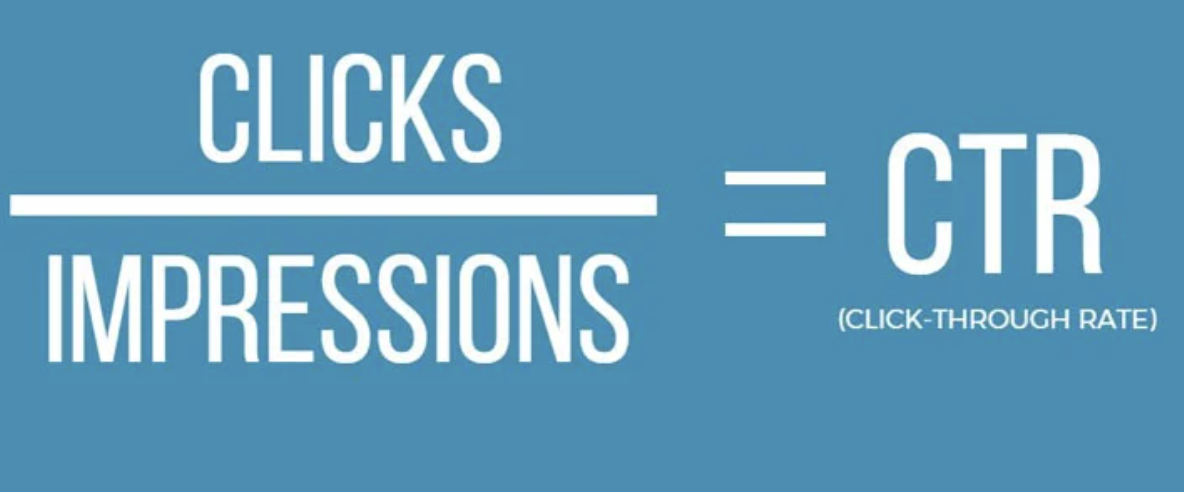CTR Control: A Game Changer for Digital Campaigns
The surge of CTR manipulation has without a doubt transformed digital advertising and marketing approaches, offering marketers with tools to enhance engagement and drive web traffic effectively. Methods such as A/B screening and individualized material have proven to generate significant enhancements in click-through rates. However, as brands increasingly take advantage of these methods, the moral ramifications of such practices necessitate analysis. Balancing the quest of maximized metrics with the requirement for genuine audience links presents an important obstacle for marketers today. What implications might this balancing act hold for the future of digital projects?
Recognizing CTR Control
Although click-through rate (CTR) control may appear like a simple method in electronic marketing, it incorporates a variety of approaches targeted at artificially pumping up interaction metrics. This control can take numerous types, including making use of click farms, bots, or deceitful ad positionings that misdirect consumers right into clicking. These methods can compromise the honesty of performance information, making it challenging for marketing professionals to assess the genuine performance of their campaigns.
Moreover, CTR manipulation elevates moral issues, as it threatens the transparency of electronic advertising and marketing. The reliance on filled with air metrics can lead to misdirected advertising and marketing choices, skewing source appropriation and project approaches. As a result, companies may spend greatly in channels and strategies that show up successful but do not produce genuine interaction or conversions.

Benefits of Click-Through Rate Optimization
Optimizing click-through rate (CTR) is essential for enhancing the performance of electronic advertising and marketing projects. A higher CTR suggests that a larger percentage of customers are involving with the material, which can result in boosted internet site web traffic and far better conversion prices. By boosting CTR, brand names can successfully allot their marketing resources to efforts that yield the highest possible returns.
Among the primary advantages of CTR optimization is the capacity for improved advertisement placement and lower prices - CTR Manipulation. Systems like Google Ads award higher CTRs with far better advertisement positioning and minimized cost-per-click (CPC), enabling marketers to extend their spending plans better. In addition, a well-optimized CTR can enhance brand name exposure, as higher involvement prices frequently associate with enhanced organic reach

Methods for Effective CTR Adjustment
To efficiently adjust click-through rates (CTR), marketing experts can utilize a selection of tactical strategies that enhance customer engagement and drive website traffic. One fundamental technique is maximizing advertisement duplicate to produce engaging and action-oriented language. CTR Manipulation. Using solid call-to-action (CTA) phrases encourages customers to take instant activity, increasing the likelihood of clicks
Another efficient strategy is basics A/B screening, which allows marketing experts to compare different advertisement variations. By methodically analyzing performance metrics, they can determine which components reverberate best with the target audience, therefore improving their strategies for maximum influence. Furthermore, leveraging aesthetically enticing graphics and concise messaging can catch focus swiftly, making it much more likely that customers will certainly involve.

Finally, optimizing landing web pages to make certain a smooth user experience can minimize bounce rates and motivate further interaction, inevitably cultivating greater CTR. By integrating these techniques, marketing professionals can successfully control CTR to accomplish their campaign purposes.
Gauging Success in Digital Campaigns
Measuring success in electronic projects needs a clear understanding of key efficiency indications (KPIs) that line up with campaign purposes. KPIs act as quantifiable metrics that aid examine the efficiency of various strategies used throughout the campaign. Common KPIs consist of click-through rates (CTR), conversion prices, expense per acquisition (CERTIFIED PUBLIC ACCOUNTANT), and return on financial investment (ROI)
To efficiently measure success, it is critical to develop particular, quantifiable goals initially of the campaign. If the key goal is to enhance brand recognition, metrics such as perceptions and engagement rates may be focused on. In comparison, campaigns concentrated on direct sales would take find out advantage of an extra thorough evaluation of conversion rates and earnings generated.
Normal analysis of these KPIs enables marketers to make data-driven choices, maximizing their methods in real-time. Utilizing logical devices can aid in tracking efficiency and determining fads, enabling speedy modifications to boost campaign results. Inevitably, a detailed strategy to measuring success not just highlights locations for enhancement yet likewise enhances the overall efficiency of electronic advertising and marketing initiatives, driving sustained growth and interaction in the long-term.
Future Trends in Digital Advertising
Preparing for the future of digital advertising and marketing exposes a landscape formed by quick technological advancements and changing consumer actions. As man-made intelligence and artificial intelligence continue to advance, marketers will progressively utilize these modern technologies to personalize campaigns at an extraordinary scale. Predictive analytics will certainly enable brands to prepare for consumer demands, maximizing advertisement positionings and content shipment in real time.
Furthermore, the rise of voice search and smart devices is changing just how customers engage with digital content. Online marketers will need to adjust their approaches to make certain exposure across multiple systems, consisting of voice-activated aides. This shift necessitates an emphasis on conversational advertising and marketing, highlighting interaction with dialogue instead of conventional marketing strategies.
Furthermore, privacy problems are triggering changes in data collection techniques. Transparency and ethical information use will become extremely important, driving brand names to promote count on and loyalty amongst customers. The recurring development of social media systems will additionally affect marketing strategies, with a heightened focus on authenticity and user-generated web content.
Final Thought
In summary, CTR adjustment stands for a substantial innovation in electronic marketing strategies, supplying instant benefits via boosted interaction metrics. The ongoing advancement of digital marketing will certainly depend on this delicate interaction, shaping the future landscape of brand-consumer interactions.